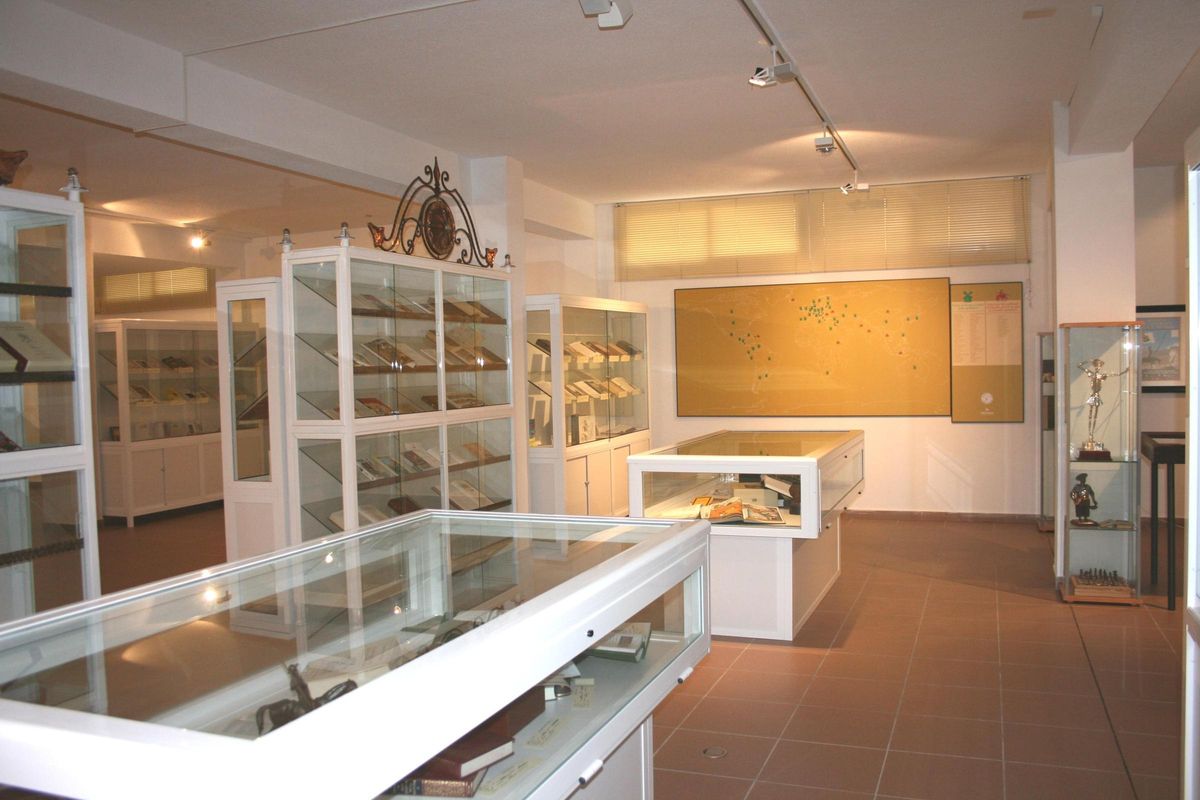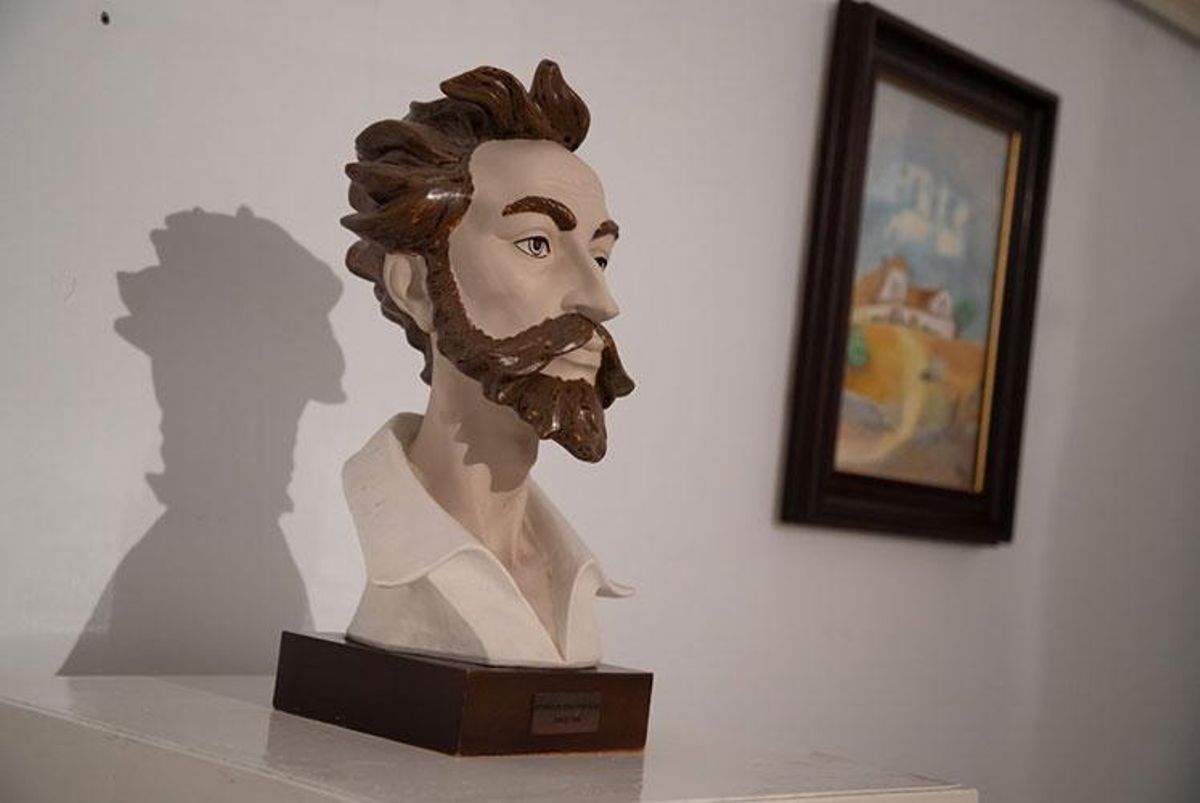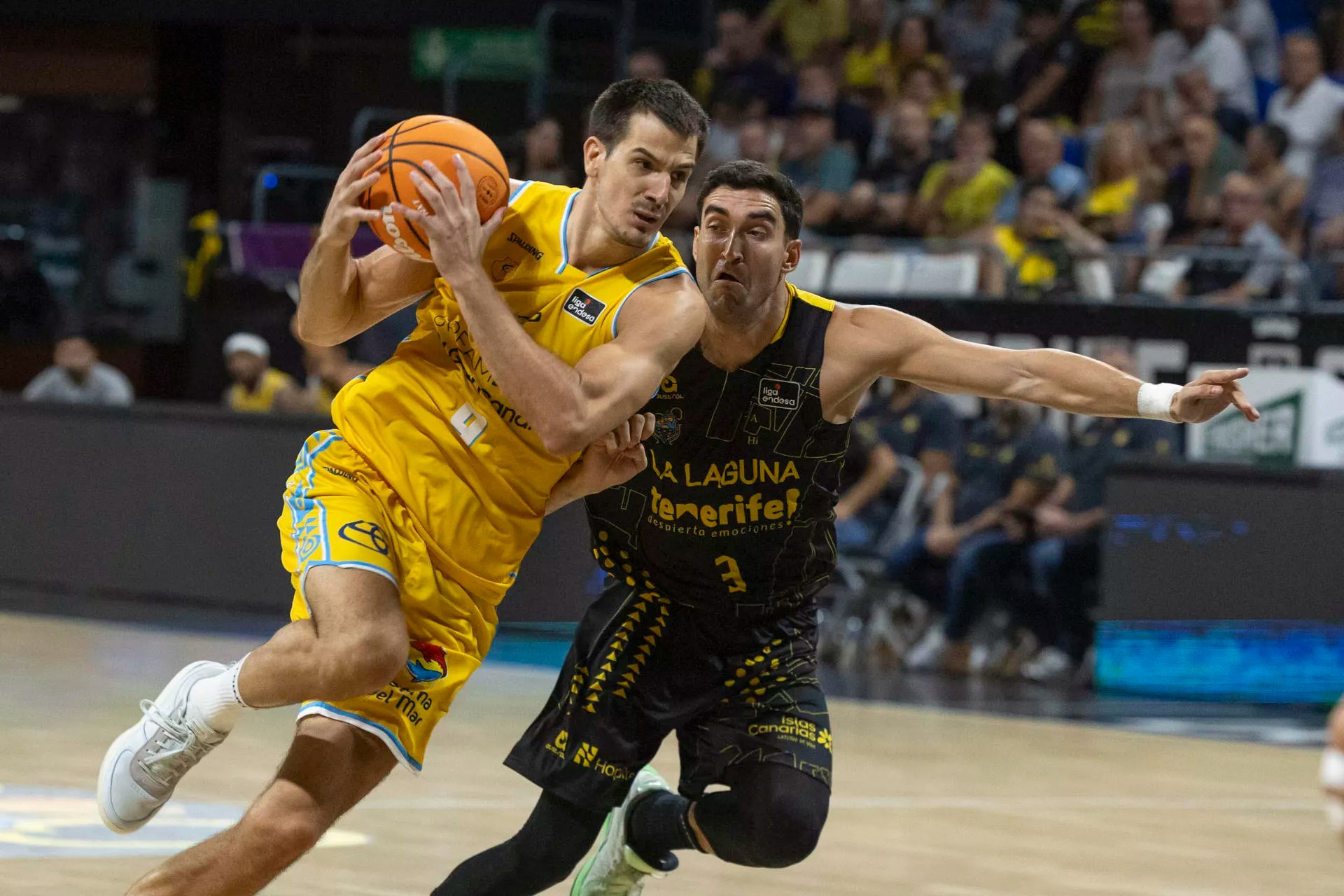Thirty years ago, in a place in the southeast of Tenerife, far from La Mancha, a space was born to honour a famous literary knight. At least, the idea. Don Quixote de la Mancha, the work published by Miguel de Cervantes in 1605, has its own museum in Güímar. It houses a spectacular collection of the legendary work portrayed in various languages. But, how big was its reach? How did the initiative come about?
In 1994, a teacher, Guillermo Millet, decided to bring this idea to life and start gathering copies. For this, he gathered and obtained help from various institutions around the world, embassies, and specialized centers in the work, above all.
The Language department of the Institute started this project in 1996
Two years later, in 1996, Professor Millet and the Spanish Language department of IES Mencey Acaymo focused the Book Day exhibition on El Quijote. It was the most visited school activity in the history of Spain. We didn’t stop receiving visitors, recalls Guillermo Millet. Copies arrived from all over the world, including from countries at war, the professor remembers.

Partial panoramic of a museum room / EL DÍA
Felipe García Silva is another key name in the development of the Museum El Quijote en el Mundo. In 2003, García and a group of teachers from the centre spent days focused on finding more versions that were part of the exhibition held on the occasion of the fourth centenary of the publication of the first part of El Quijote de la Mancha. All this, with the purpose of investigating the worldwide dissemination of this literary work.
19 years ago
Museum El Quijote en el Mundo was born in 2005. It is a space at IES Mencey Acaymo dedicated to the picturesque character of Castilian literature. The opening took place with copies of 436 editions from 80 countries and written in 83 languages, dialects, or different forms of writing. Felipe García Silva, who managed this project until his retirement, recalls that “most of the literary works were donated by known individuals, as the museum was already nationally known.”
Most of the literary works were donated, although we bought some
García Silva highlights the work done to “obtain information and donations,” although among the heritage that the Museum treasures there are “some that we had to buy from bookstores or collectors.” The arduous work of the conservators has been a decisive factor in obtaining and maintaining some rarities.
In addition to the 500 works in 97 languages that the museum currently houses, there are paintings, engravings, photographs, and sculptures, a proposal made by the Güímar painter Andrés Delgado in 2014, who promoted and contributed to increasing this museum’s heritage, which included 79 artistic works donated in a room opened by the Department of Education in 2015.
Copies arrived from all over the world, some from
countries at war”
The Museum El Quijote en el Mundo is one of the attractions of Güímar. Its existence made the municipality the first Cervantine City in the Canary Islands (4th March 2020), the 20th on the list covering several continents. This is the greatest recognition from the literary and artistic community for a unique collection in the world.
On the fourth anniversary of this declaration, the Mencey Acaymo Institute and its museum come together to offer cultural and educational activities. One of them consisted of a guided tour on an open day. In addition, the museum’s blog provided a virtual tour, constantly evolving, which includes the voice of students commenting on the exhibited works, with the aim of making them more accessible to all visitors.

Carving of Don Quixote, in the museum / El Día
This anniversary also brings a Travelling Suitcase provided by the Teacher Training Centre (CEP) of Santa Cruz de Tenerife. It contains a graphic novel based on El Quijote, allowing students from Mencey Acaymo and other educational centres on the Island to delve even deeper into Cervantes’ timeless work.
The presence of El Quijote en el Mundo is not part of the municipality’s tourist promotion. It is a pending subject of the municipal corporation. José Felipe García remembers that “at the time, there was an attempt to collaborate with the City Council, but an agreement was not reached.”
















